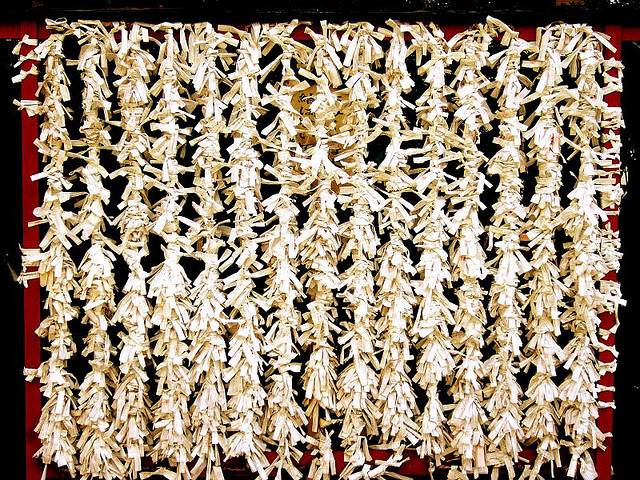 2013 has been an exciting year for Reverberations, the Social Science Research Council’s digital forum on prayer. Produced in conjunction with the SSRC’s New Directions in the Study of Prayer (NDSP) initiative, Reverberations is a place where NDSP grantees and others share their thoughts about the nature, complexity, and interdisciplinary methodologies of the study of prayer.
2013 has been an exciting year for Reverberations, the Social Science Research Council’s digital forum on prayer. Produced in conjunction with the SSRC’s New Directions in the Study of Prayer (NDSP) initiative, Reverberations is a place where NDSP grantees and others share their thoughts about the nature, complexity, and interdisciplinary methodologies of the study of prayer.
Recently, Ruth Marshall joined the conversation on cognition and culture, asking in “Prayer and the Neuroscientific Real” whether prayer reveals something universal about us. Peter van der Veer examines related issues in “Master Yang’s Lingering Power,” which raises questions concerning the nature of power and the potential benefits (and shortcomings) of comparative thought. Amos Yong looks at a different intersection of prayer and the political in “Prayer, Pentecostalism, and the Political: Renewing the Public Square?”, while Winnifred Fallers Sullivan highlights the power that law exercises over both the public practice and the formulation of prayer in “Law’s Prayer: Town of Greece v Galloway.”
NDSP grantee Tanya Luhrmann has had a series of opinion pieces published by The New York Times over the last few months. In “Odd to Each Other” (cross-posted here at The Immanent Frame), she responds to Leon Wieseltier’s critique of those pieces by suggesting that “it is worth trying to understand why faith might be helpful for the faithful.”
Parvis Ghassem-Fachandi puzzles through conventions of “Naming and Omission” in Gujarat, while Sanal Mohan presents two examples of Dalits praying for crisis resolution in Kerala.
Robert Orsi’s “Praying Angry” offers a powerful glimpse into the range of responses by survivors of sexual abuse by priests, focusing on one in particular: the use of prayer as a conduit for the survivors’ feelings of betrayal and doubt, as they attempt to renegotiate a relationship with God. The piece has elicited several responses so far: Marilyn McCord Adams’ “Praying Angry and Surviving Abuse,” David Blumenthal’s “Praying Angry—A Jewish Response,” and Heinrich Assel’s “Praying Angry as a Reformatory or Revolutionary Act.”
In the Prayer Portals, Anderson Blanton’s portal on “The Materiality of Prayer” continues to evolve, with contributions from Don Seeman, Damla Tonuk, and Hillary Kaell, in addition to Blanton’s own entries on prayer cards, ritual efficacy, and glossolalia.
Sonja Luerhmann writes on the “social embeddedness of interactions with holy things” in her portal on “Praying With the Senses,” while Sarah A. Riccardi and Aaron Sokoll explore the “Connective Implications of the Material Holy.” Rico Monge also joins the conversation in Luerhmann’s portal, focusing on intercessory prayer in Orthodox Christianity.
From the materiality of prayer to the materiality of sound—John Modern’s newly-launched “Vinyl Prayers” portal moves our attention in the study of prayer “from the analysis of objects or sources to the encounter with processes of rather hazy origin.” Already, some of those who have followed Modern’s instructions to “play…listen…read…repeat” have started to respond.
Finally—just in time for the holiday season—Anderson Blanton brings us “Prayers to Santa,” in which Christmas postcards featuring praying children offer a way to consider the relationships between prayer, communication, and material accumulation.
Check in regularly with Reverberations and follow us on Twitter at @rvrbs.











